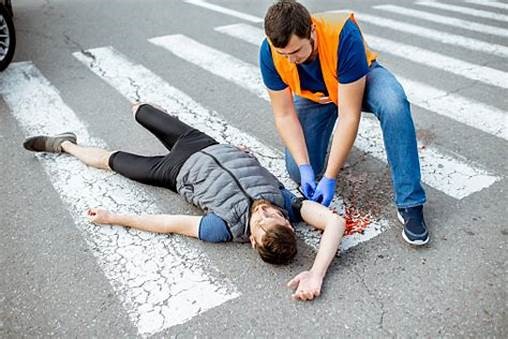
Many conditions may render a person unconscious. FISH SHAPED is a simple way to remember the common cause.
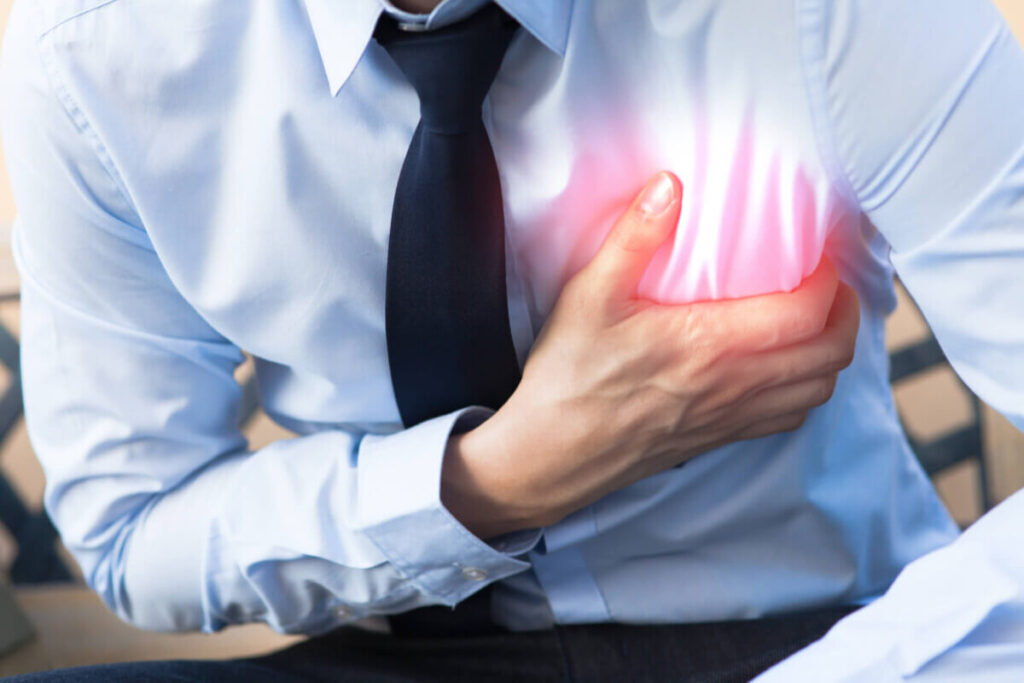
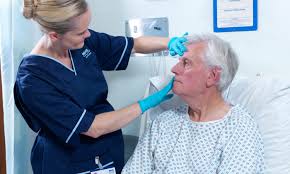
Fainting
Fainting is a temporary lack of oxygenated blood flowing to the brain; there are many reasons why a person might faint, such as standing up too fast, an underlying health condition, lack of food, or a virus. Additional injuries may occur due to the casualty falling, so be aware of what medication they may be taking as blood thinning medication.
Treatment for Fainting
Prioritise the airway; if vomit or blood is present, tilt the casualty head to the side to allow fluids to flow away; place them in the recovery position if it is difficult to maintain the airways. If the casualty is alert, raise the legs to allow blood to flow into the core body. Be aware of injuries before lifting legs. consider Top-To-Toe.
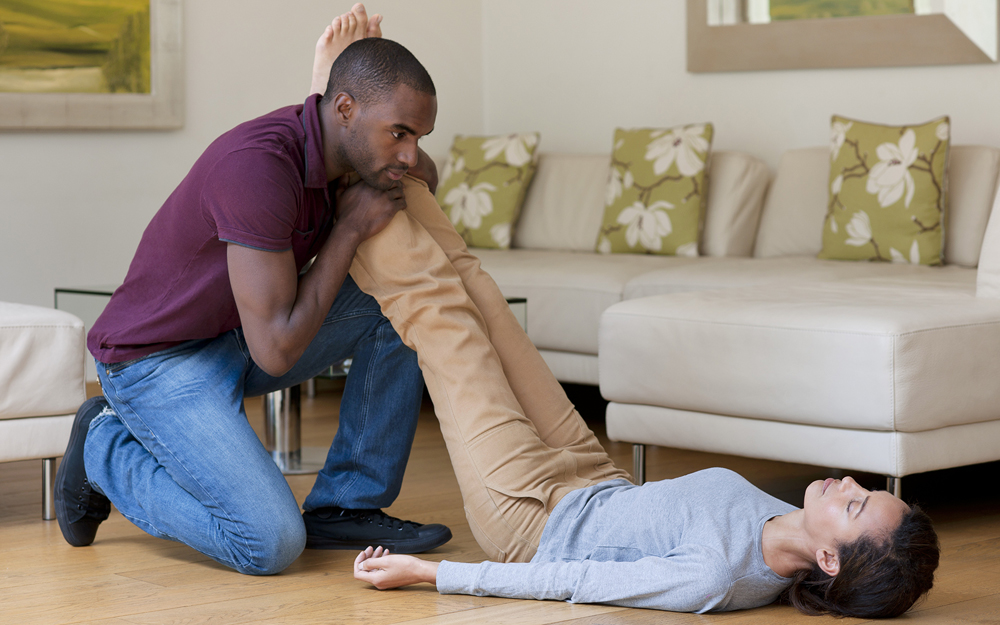
Mechanism Of Injury
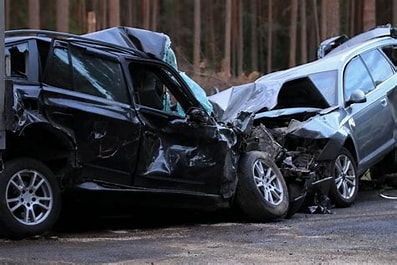
The mechanism of injury can give the first aider an evaluation of what has occurred and the possibility of injuries that may be inflicted. Consider a head-on collision of two cars travelling at 70MPH. Consider multiple casualties, injuries or fatalities.
Consider the elderly; a fall on grass could cause their fragile bones to break, with the neck or femur fracture being the most common. This fracture can be life-threatening for an old person.
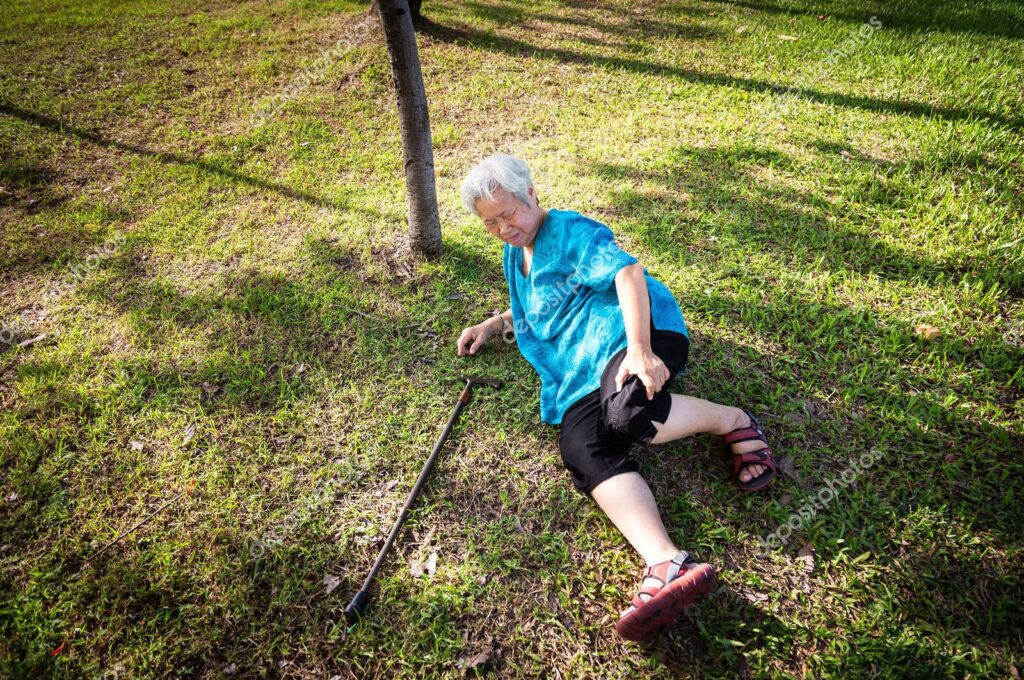
Imbalance of Temperature
Heat Stroke 40-43 degrees Celsius
Heat Exhaustion 37-39 degrees Celsius
Normal body temperature
Mild Hypothermia 31-34 degrees Celsius
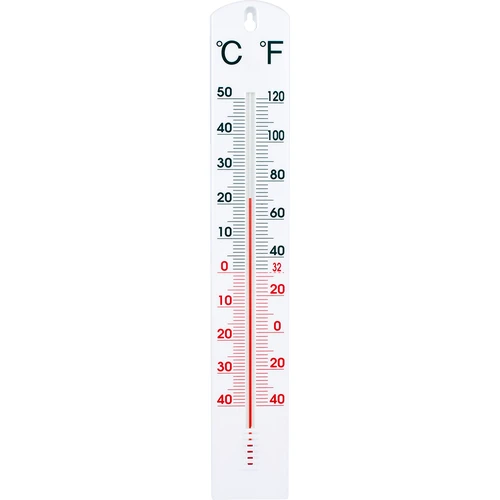
Unconscious, fitting, confused, headaches, strong pounding pulse, flush hot skin.
Cramps in legs, arms and stomach, pale sweaty skin, loss of appetite and nausea.
Normal Temperature 36-37 degrees Celsius
Shivering, Fatigued, Slurred speech, confused, slow weak pulse, Pale cold skin. blue lips and fingertips.
Hypothermia
Hypothermia is a dangerous drop in body temperature below 35C (normal body temperature is around 37C). It’s a medical emergency that needs to be treated in a hospital.
Signs and Symtoms Hypothermia
Symptoms of hypothermia include:
- shivering
- pale, cold and dry skin – skin and lips may turn blue or grey (on black or brown skin, this may be easier to see on the palms of the hands or the soles of the feet)
- slurred speech
- slow breathing
- tiredness or confusion
A baby with hypothermia may be:
- cold to touch
- floppy
- unusually quiet and sleepy and may refuse to feed
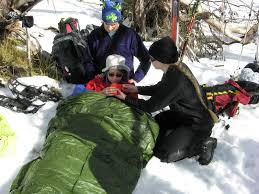
Treatment For Hypothermia
The casualty’s airway must be checked, and ensure they are breathing; if not start CPR.
- Call 999 if you suspect hypothermia.
- Gently relocate the victim to warm shelter.
- Remove all wet clothing.
- Apply heat to the body’s center, from the neck to the pelvis. Avoid using heating pads, hot water bottles, or any localized heat. Use an electric blanket when possible.
- If the affected person is alert and able to swallow, provide a warm, sweet, nonalcoholic, noncaffeinated beverage to help warm the body.
- Use warm, dry compresses.
- Remove the person from the cold environment and provide shelter from the rain, wet, and wind.
- Warm the person by wrapping them in a blanket, such as a ‘space blanket’.
- If the person is fully conscious, give them warm, sweet drinks.
What to avoid
- Do not rewarm the person too quickly, such as with a heating lamp or hot bath.
- Don’t attempt to warm the arms and legs. Heating or massaging the limbs can stress the heart and lungs.
- Don’t give the person alcohol or cigarettes. Alcohol hinders the rewarming process, and tobacco products interfere with the circulation needed for rewarding.
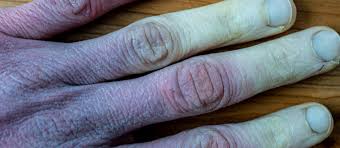
What is Frostbite
Frostbite is damage to skin and tissue caused by exposure to freezing temperatures – typically any temperature below -0.55C (31F). Frostbite can affect any part of your body, but the extremities, such as the hands, feet, ears, nose and lips, are most likely to be affected.
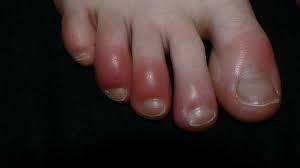
Treatment for Frosbite
- A person with frostbite should be taken to a warm environment as soon as possible. This is to limit the effects of the injury and because it’s also likely they’ll have hypothermia. Don’t put pressure on the affected area.
- The frostbitten area should be warmed up by a healthcare professional. This is usually done by immersing the affected area in warm – but not hot – water.
- Rewarming is recommended using a bath of water at 37C to 39C (98.6F to 102.2F). The process is often painful, and strong painkillers may be needed regularly.
- It’s important not to rewarm the affected area if there’s a chance it will freeze again, as this can lead to further tissue damage.
- If frostbite is severe, the loss of blood supply to the tissue may cause it to die (gangrene). A type of surgery called debridement may be needed to remove the dead tissue, and amputation may be needed.
